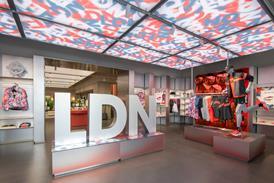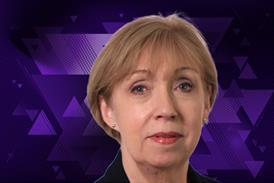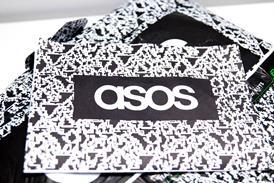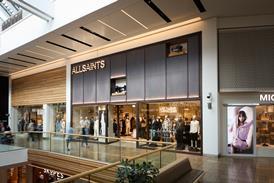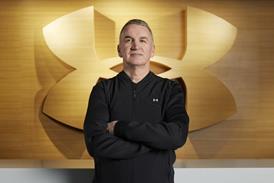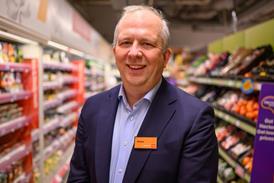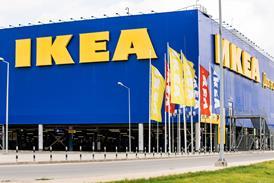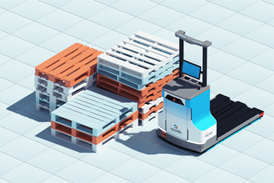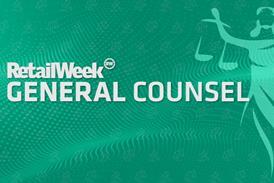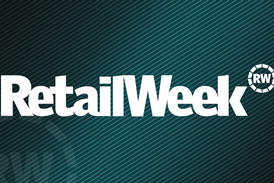Money talks
Data on what will get 2,000 consumers spending

One of the major areas of retail transformation over the past decade has occurred at the checkout – with consumers now using a raft of new payment types to make purchases online and in store.
From mobile payments to buy now pay later (BNPL), there are multiple ways to pay that simply did not exist in the early part of the century.
The retail payments landscape continues to evolve at pace. Contactless transactions are on the rise, partly driven by the pandemic when UK society was advised to avoid using cash wherever possible, resulting in coins and notes accounting for just 15% of all retail transactions in 2021, down from 30% in 2020, according to British Retail Consortium figures published in December 2022.
This trend shows no sign of abating – according to the banking trade association UK Finance’s annual market report there will be a greater reliance on debit card payments and contactless payments over the next eight years, while cash will drop from its current 15% of all transactions to just 6%.
By 2031, debit card volumes are projected to reach 24 billion, and the number of contactless debit and credit card payments is expected to hit 19.4 billion– up from 19.5 billion and 13.1 billion respectively, according to UK Finance.
Moreover, June-July 2022 research from payments technology provider PayPal* – which we draw on throughout this feature – paints a picture of an evolving marketplace, while supporting many of the trade body’s statistics.
For instance, debit card (72% of consumers), PayPal (71%), and direct debit (55%) constituted the most popular online payment choices last year.
The study also found that most UK consumers (73%) shop via their smartphones and this is their preferred online payment method, compared with laptop (42%), tablet (30%), desktop (22%) and games console (12%).
As evidence of consumers’ ever-changing payment preferences, in February The Co-op made PayPal a payment option for shoppers purchasing home-delivery orders and click and collect on shop.coop.co.uk. It now offers an online service through more than 2,000 stores across the UK.
PayPal UK managing director Vincent Belloc said: “The last few years have made consumers much more comfortable with online shopping and PayPal’s e-Commerce Index reveals that consumers are only going to continue broadening their searches to get the best product or service for their needs.
“Security or trust issues at checkout is one of the top reasons that 47% of shoppers abandoned a purchase. As nearly two-thirds of consumers (62%) trust PayPal to help keep their payments secure and protect them, businesses need to work with providers that offer choice and convenience while ensuring security and fraud protection.”
But consumers do not just want contactless payments as standard. The consumer of today is more nuanced and expects a raft of payments innovation. So, what do they want and what are the major advancements they expect to see?
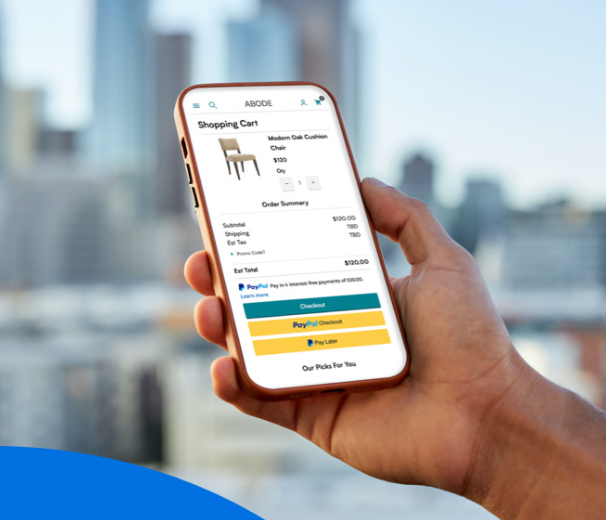
73% of UK consumers now shop via their smartphones
*PayPal surveyed 2,012 UK consumers aged 18-75 across June-July 2022 to discover:
- How consumers want to pay online
- Drivers and barriers to spend
- The trends retailers and brands should be investing in
This feature shares just a few topline findings, but you can download the full PayPal e-Commerce Index report for free here.
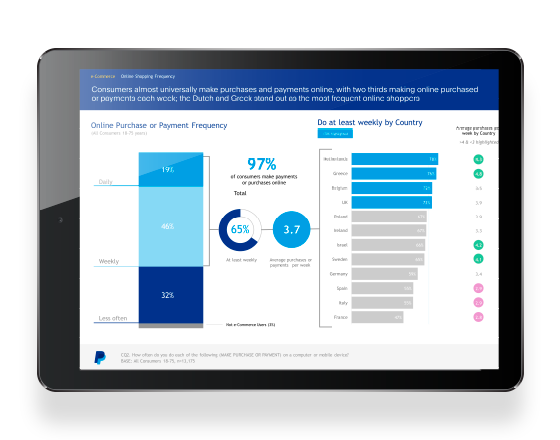
Buy now pay later (BNPL)
The rise of contactless payments speeds up digital transactions and also means consumers do not need to hang around at the checkout in-store.
However, convenience and flexibility are also key to the payment revolution. This is evidenced by BNPL’s rise in the rankings of transactional methods.
The research found that BNPL’s usage accelerated last year and this is not surprising given its many benefits. For retailers, BNPL has been shown to increase conversion, support new customer acquisition and drive order value.
While for consumers, BNPL enables customers to make purchases and pay for them over time. Best of all, consumers don’t pay interest. When a customer pays for a product using BNPL, the provider pays the retailer in question the full cost of the item at the point of sale on their behalf. The customer then pays the BNPL provider back in regular, equal instalments.
In total, 22% of UK consumers made a BNPL purchase in the six months up to July 22, 2022. And in the month up to that point, consumers who had used BNPL made an average of three purchases via that method – with £61 the average spend per BNPL transaction.
Consumers were found to be more likely to use BNPL on clothing (54%), followed by electronics and computing (32%) and health and beauty (29%).
However, the research suggests there is untapped potential for more retail sectors to take advantage of people’s growing ease with this method of payment. For example, 46% of BNPL users said they would make luxury retail purchases if BNPL were available in this category.

Social commerce
One of the commercial success stories in the aftermath of the pandemic is TikTok. The video-sharing site will have 834.3 million global users a month worldwide by the end of 2023, according to analyst group Insider Intelligence, and by 2025 it is expected to surpass 20 million regular users in the UK alone. Interest in and usage of the platform has boomed.
With so much of people’s time occupied on social media channels, there are growing opportunities for brands to push sales and drive conversions. For instance, users are spending an average of 49 minutes, 43 minutes, 29 minutes and 25 minutes on TikTok, Facebook, Instagram and Snapchat respectively every day, according to data from market researcher eMarketer.
Indeed, 44% of the British consumers interviewed by PayPal made a purchase through a social media or streaming platform in the six months up to July 22, 2022, with £107 the average spend per month among social commerce shoppers. Totalling £1,284 across the year, this is a significant revenue per consumer that retailers should look to leverage.
There are incentives retailers can take to encourage social commerce purchases too. For example, 27% of the UK consumers surveyed said they would buy from a social media platform if they could use their PayPal account to ensure convenience and safety.
At present, consumers are most likely to buy or consider buying clothes and accessories (68%), and health and beauty products (58%) via social media – with groceries (48%) the least likely purchase.

Cryptocurrency
Cryptocurrency is a digital, decentralised means of financial exchange that originally emerged with the intention to overcome the limitations of existing currencies and financial transactions. However, with consumer interest in crypto growing, it is now making major global economies reassess their entire financial systems.
In 2022, UK Finance consumer research found that 11% of UK adults owned cryptocurrency – while the 2022 HMRC consumer survey indicated this figure sat at around 10%. This represents an increase from 5.7% in 2021, according to data from the Financial Conduct Authority. Moreover, HMRC expects this number to grow again in 2023.
The research shows 21% of UK consumers surveyed have owned cryptocurrency at some point, such as Bitcoin and Ethereum, while 13% want to learn more about it. This suggests potential for crypto as part of the future of the payments landscape.
Crypto’s long-term ambition for recognition and wider circulation would require more education and awareness, though, with 25% of consumers concerned about the security of trading cryptocurrency.
There are, of course, wider challenges with the adoption of cryptocurrencies. Most are highly volatile with values swinging widely due to speculation. There have also been critiques about the lack of trust and the ability to use pseudonyms to make payments making it open to fraud, alongside its potentially negative impact on the environment as the technology behind cryptocurrencies requires major energy consumption.
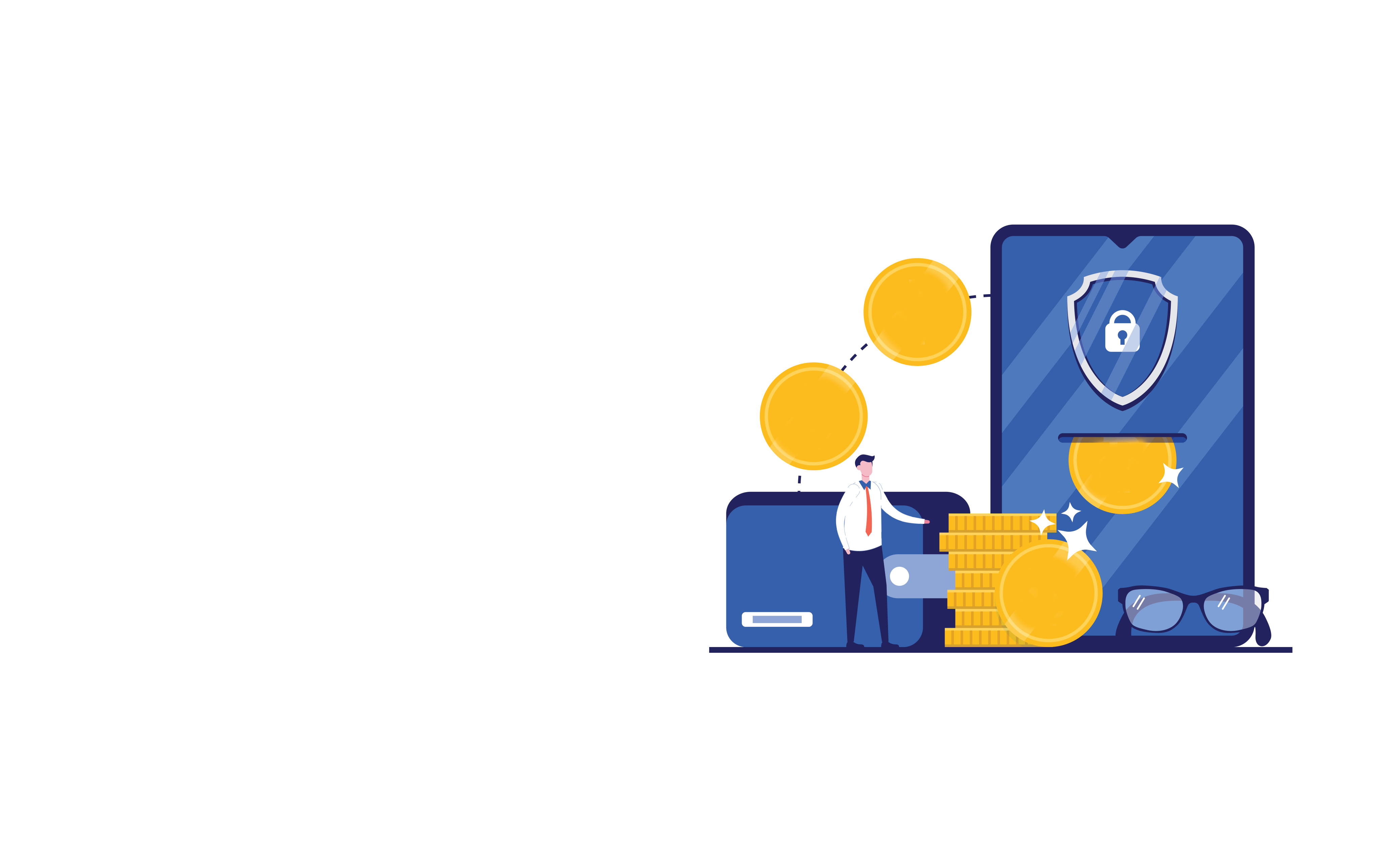
As the research shows, change is afoot in the payments space. And the best retailers must not only take note of all the major developments but act on them.
Access your free copy of the Ecommerce Index from PayPal, published November 2022, for a deep-dive into the biggest online payments trends that retailers and brands like yours should be capitalising on.




